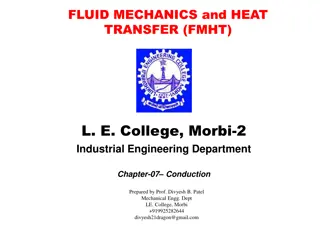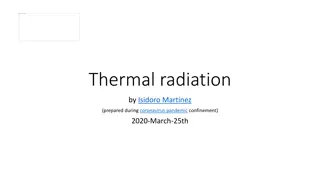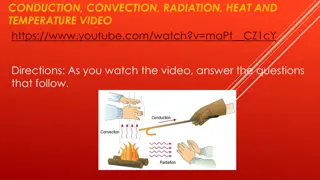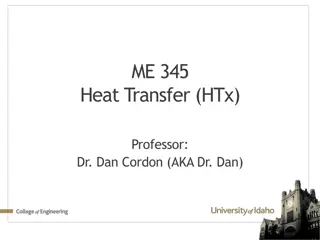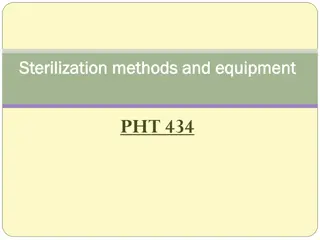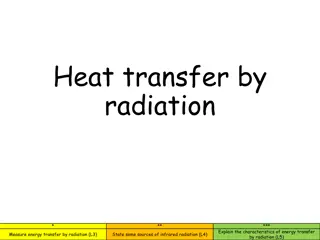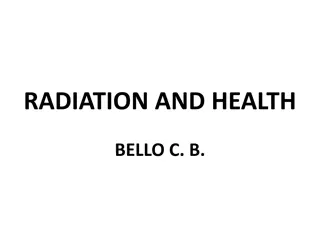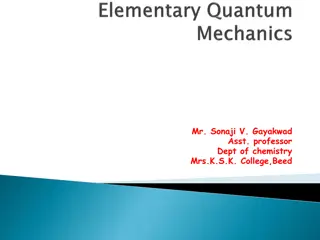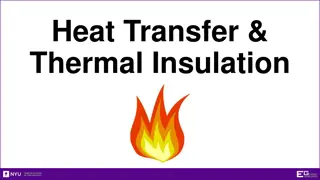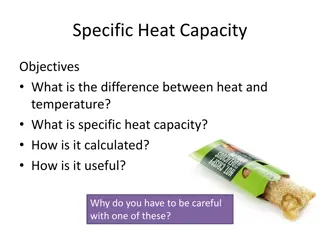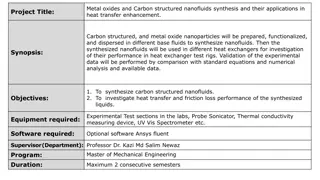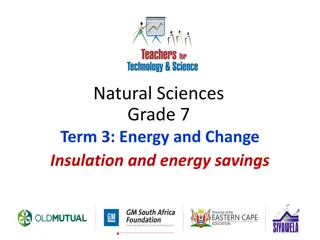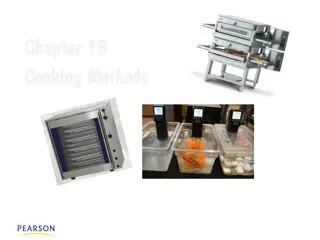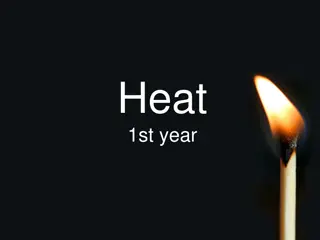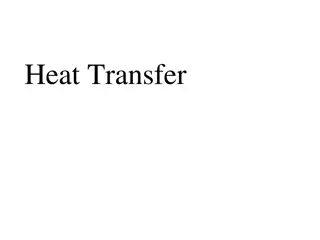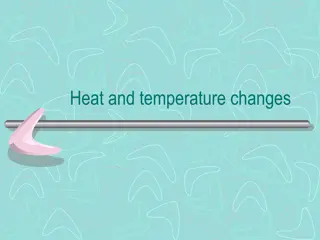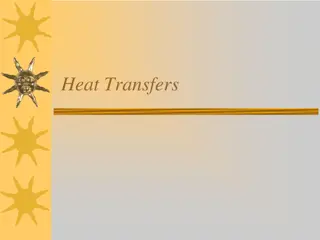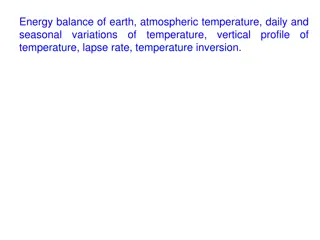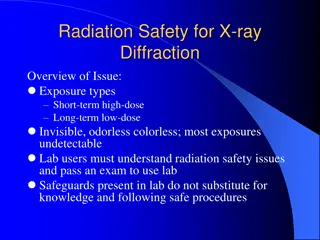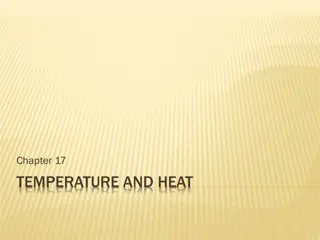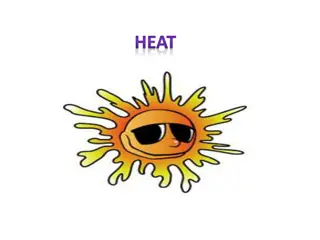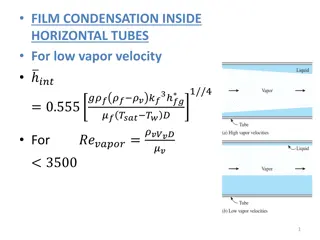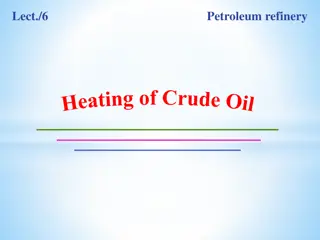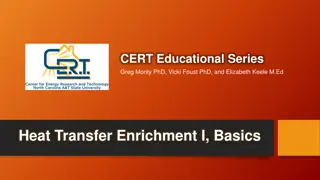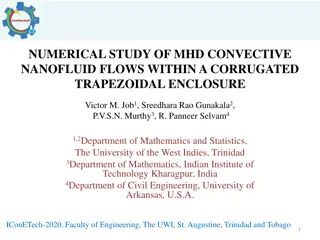Understanding Radiation in Heat Transfer for Grade 7 Natural Sciences
Exploring the concept of radiation in heat transfer for Grade 7 Natural Sciences, this content delves into how electromagnetic waves carry heat and light energy. It highlights the difference between radiation, conduction, and convection, emphasizing that radiation transfers heat energy through waves, not by matter. Examples such as cooking on a braai, warming food in a microwave, and feeling the sun's warmth without physical contact illustrate the principles of radiation. The absorption and reflection of radiated heat are also discussed.
Download Presentation

Please find below an Image/Link to download the presentation.
The content on the website is provided AS IS for your information and personal use only. It may not be sold, licensed, or shared on other websites without obtaining consent from the author. Download presentation by click this link. If you encounter any issues during the download, it is possible that the publisher has removed the file from their server.
E N D
Presentation Transcript
Natural Sciences Grade 7 Term 3: Energy and Change Heat transfer
Topic 3 Heat transfer Radiation Natural Sciences - Grade 7
Radiation [part 1] Natural Sciences - Grade 7
Radiation [part 2] Radiation is the transfer of heat energy by electromagnetic waves. These are special waves that can carry heat and light energy. The sun s heat energy travels across empty space to the Earth, mainly through radiation. Natural Sciences - Grade 7
Radiation [part 3] Radiation The way conduction and convection transfer heat energy, differs tremendously from the way radiation transfers heat energy. Conduction and convection transfer heat energy through matter, which can either be a gas/solid/ liquid. Radiation transfers heat energy by waves, not by matter. Radiation does not require movement of particles or physical contact. This means heat energy can be transferred in a vacuum [space without matter/gas]. Natural Sciences - Grade 7
Radiation [part 3] The sun s heat energy mainly travels across the empty space to the Earth through radiation. Every electromagnetic source [e.g. the Sun; fire; microwave oven] radiates waves and it heats up when it comes into contact with another object. Natural Sciences - Grade 7
Radiation examples 1.Braai: the meat on the braai grid gets cooked through the transferred heat from the red coals through radiation. 2.Food is warmed in a microwave oven through radiation. Natural Sciences - Grade 7
Radiation examples 3.Warming hands above a heater/fire is also possible through radiation. 4. The sun warms us without touching us through radiation. Natural Sciences - Grade 7
Absorption and reflection of radiated heat 1.Radiation waves are not absorbed by every substance. 2.Certain substances become hot very quickly because radiation waves are easily absorbed. 3.Radiation waves are also reflected by other substances: - the waves bounce off the substance; - these specific substances do not heat up quickly. Natural Sciences - Grade 7
Absorption and reflection of radiated heat 4. Objects that are black, absorb radiation waves very well and they heat up quickly. 5. Radiation waves are reflected from silver and white objects. The sun warms us without touching us through radiation. Natural Sciences - Grade 7



